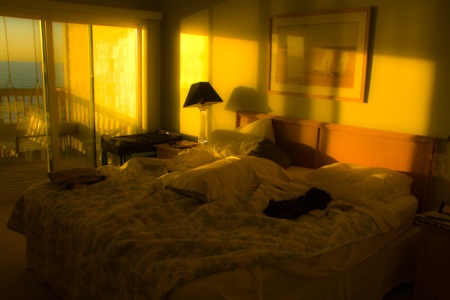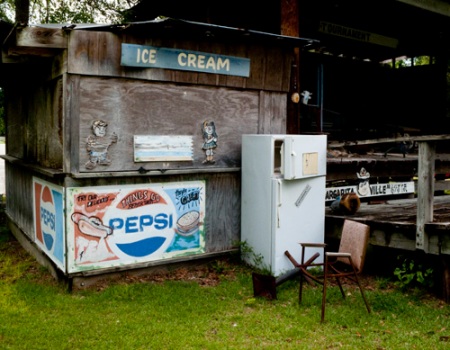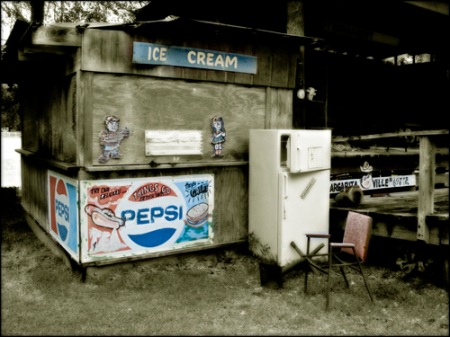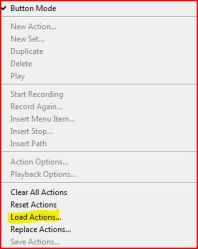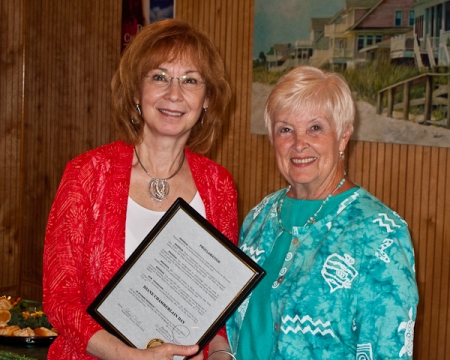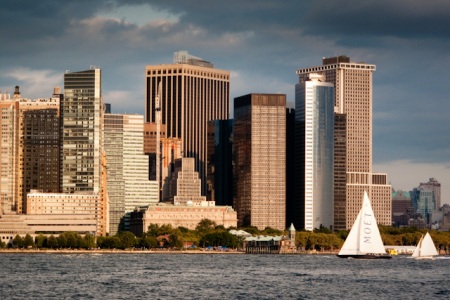
- New York skyline, approaching storm.
Profiles. They can be good or bad, your left side or right side, or what you write about yourself on Facebook. But in digital printing, profiles are part of the the glue that connects the colors your digital camera captures to the colors in your digital print.
A printer profile is a bit of software, called an ICC file, that describes how a particular combination of printer, inkset, and printing paper reproduce colors at a specific printing resolution. For example, the ICC profile SP7898 PLPP260 PK 2880.icc describes how an Epson 7800 printer using the K3 inkset with Photo Black ink printing on Epson Premium Lustre 260 paper at a printing resolution of 2880 dpi reproduces color.
Profiles are useful because they let Adobe Photoshop accurately preview what your image will look like when it’s printed, and to control your digital printer’s output so it matches that preview. (or, at least, as close as ink on paper can look to pixels on a monitor).
Once the appropriate profiles are installed, Photoshop uses them in the View>Proof Setup command on the top menu to preview images, and in the Print dialogue to control your printer. Voila, an accurate print.
Or maybe not.
Along with ICC profiles, colorspace helps to determine what colors your camera records, that Photoshop displays and your print or digital file reproduce. A device colorspace defines the range of colors, or gamut, that a device, such as a camera or printer, can reproduce. An editing colorspace is device-independent, but determines the color range you can work in with, for, example, Adobe Photoshop software.
The main colorspaces photographers work in are Adobe RGB (1998), the traditional editing space for, naturally, Adobe Photoshop; sRGB, which is primarily used for images posted on the web; and, more recently ProPhoto.
sRGB has a smaller gamut than Adobe 1998, which has a smaller gamut than ProPhoto. Why is this important? Because to know how the beautiful colors in your digital image will look in a print, your devices need to be using the same colorspace, your monitor needs to be calibrated accurately to the same colorspace, and your editing software needs to display the same color space.
See what I meant by insanity? BTW, for you people working with Adobe Lightroom, it uses the ProPhoto color space.






















